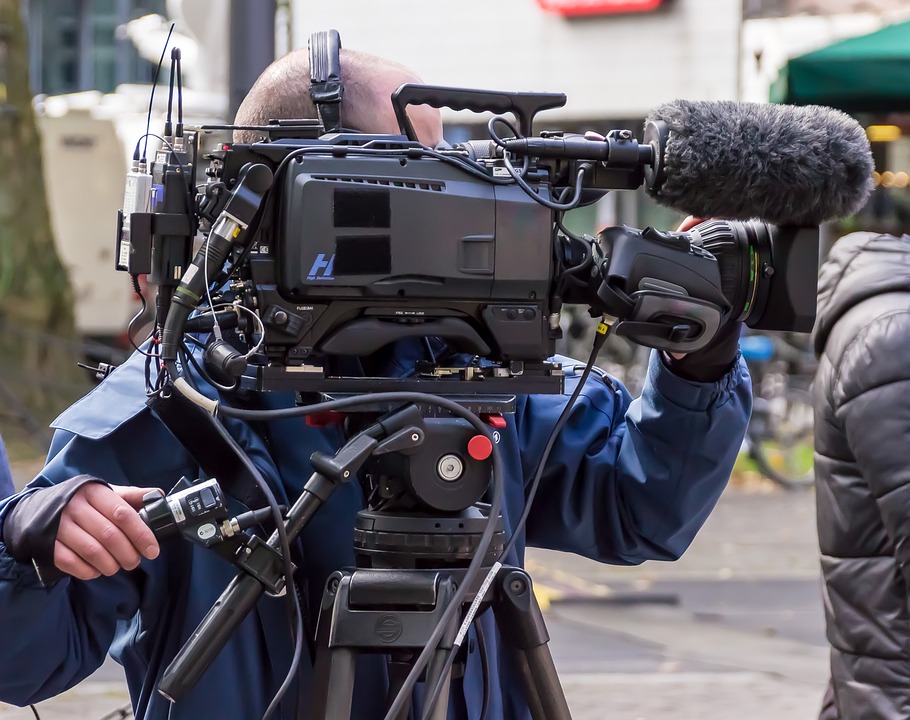Introduction
When we think of great films that have moved us emotionally, we often credit the actors for their performances. However, one of the most critical components of a film’s emotional impact is often overlooked – the director’s vision. Directors play a crucial role in shaping the emotional tone and impact of a film. Through their creative choices in storytelling, cinematography, and editing, directors can evoke a wide range of emotions in their audience.
The Director’s Vision
At the heart of every film is the director’s vision. It is their unique perspective and creative vision that guides the entire filmmaking process. The director is responsible for bringing the script to life, making creative decisions on everything from casting to set design to music selection. It is through a director’s vision that the emotional core of a film is born.
Storytelling
One of the most crucial aspects of a director’s vision is their approach to storytelling. The way in which a director tells a story can greatly impact the emotional resonance of a film. For example, a director may choose to tell a story in a nonlinear fashion, creating a sense of suspense and mystery that heightens the emotional impact of key moments. Alternatively, a director may choose to use flashbacks or voiceovers to provide insight into a character’s inner thoughts and emotions.
Cinematography
Another key component of a director’s vision is their approach to cinematography. The visual language of a film can have a profound impact on the audience’s emotional experience. A director may choose to use dramatic lighting, creative camera angles, or symbolic imagery to create a sense of tension, beauty, or intimacy. The way in which a scene is framed and shot can evoke powerful emotions in the viewer, drawing them further into the story.
Editing
The editing process is another critical aspect of a director’s vision. The way in which a film is edited can greatly influence its emotional impact. A director may choose to use quick cuts and fast-paced editing to create a sense of urgency and intensity. On the other hand, they may use slow fades and long takes to create a sense of reflection and intimacy. The pacing and rhythm of a film can have a profound impact on the audience’s emotional response.
Creating Emotional Resonance
Through their creative choices, directors can create emotional resonance in their films that stays with the audience long after the credits roll. Whether through the use of music, visual imagery, or storytelling techniques, directors have the power to evoke a wide range of emotions in their viewers.
Music
Music is a powerful tool in a director’s arsenal for creating emotional impact. By selecting the right soundtrack or score, directors can enhance the emotional tone of a scene and elicit a specific emotional response from the audience. A stirring piece of music can elevate a moment of triumph, while a haunting melody can create a sense of unease or foreboding. The emotional impact of a film can often be traced back to the music selected by the director.
Visual Imagery
Visual imagery is another crucial element in shaping the emotional impact of a film. Directors can use color, symbolism, and composition to convey mood and emotion. A director may choose to use vibrant colors to create a sense of joy and vitality, or dark, muted tones to convey a sense of fear or despair. By carefully selecting visual elements, directors can create a rich emotional tapestry that resonates with the audience.
Character Development
The way in which a director develops their characters can also greatly impact the emotional impact of a film. By creating complex, nuanced characters with relatable motivations and flaws, directors can draw the audience into their world and make them invest emotionally in the story. A director may choose to focus on a character’s internal struggles, creating a sense of empathy and connection with the audience. By developing characters that feel authentic and human, directors can create a deep emotional impact that lingers long after the film has ended.
Conclusion
In conclusion, the power of a director’s vision cannot be overstated when it comes to shaping the emotional impact of a film. Through their creative choices in storytelling, cinematography, and editing, directors can create a rich emotional landscape that resonates with the audience on a deep level. By selecting the right music, using visual imagery effectively, and developing complex characters, directors can evoke a wide range of emotions in their viewers. The next time you watch a film that moves you emotionally, take a moment to consider the director’s vision and the impact it has had on your own emotional experience.
